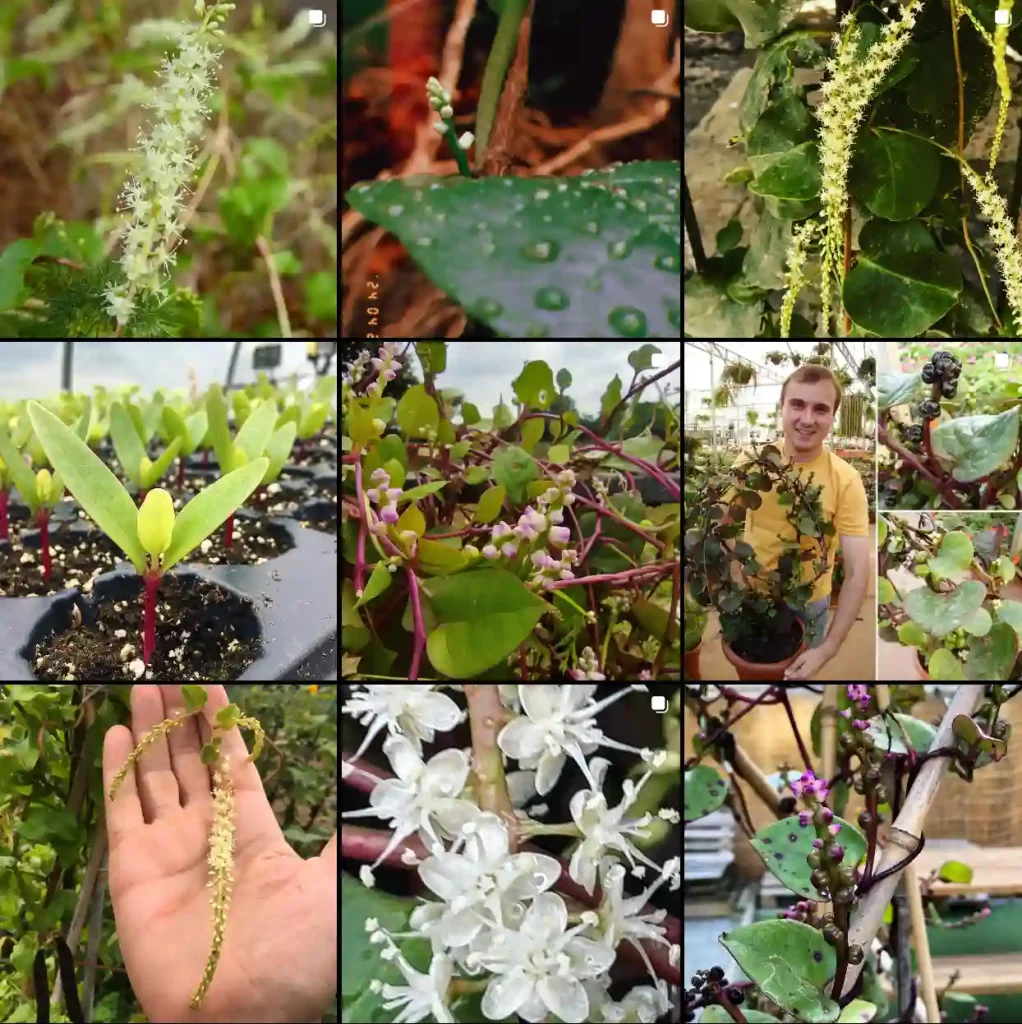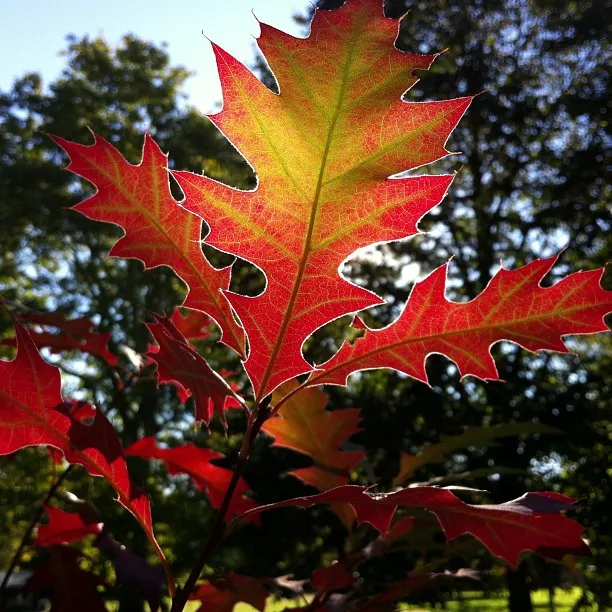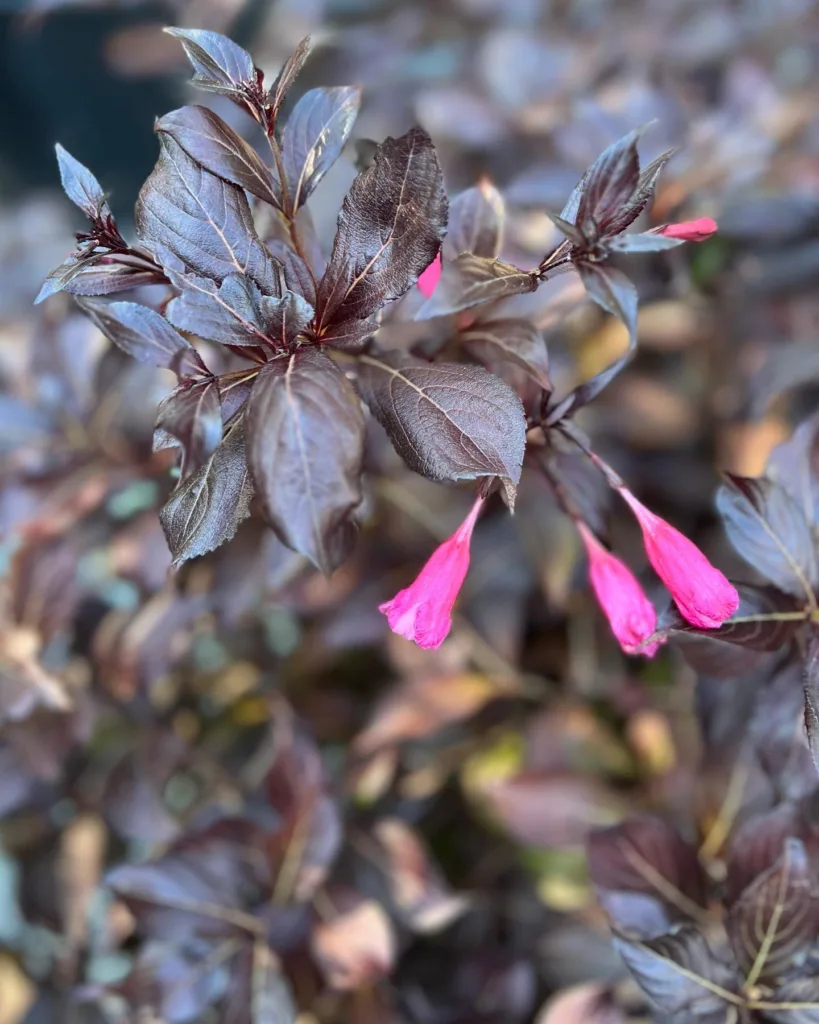My Fascination with the Caragana Genus
As a botanist, I’ve always been drawn to the unique and diverse world of plants. One genus that has particularly captivated my interest is Caragana, a group of flowering shrubs and small trees belonging to the legume family, Fabaceae. Native to Asia and eastern Europe, these hardy plants are known for their vibrant yellow flowers, often reminiscent of pea blossoms, which is no surprise considering they are related! I find their resilience and adaptability truly remarkable, thriving in a variety of environments, from arid steppes to mountainous slopes.
This fascination led me to delve deeper into the world of Caragana, exploring its various species, their unique characteristics, and their potential applications.
A Diverse Genus
The Caragana genus boasts a rich diversity, with an estimated 95 species:
- Caragana acanthophylla Kom.
- Caragana aegacanthoides (R.Parker) L.B.Chaudhary & S.K.Srivast.
- Caragana afghanica Kitam.
- Caragana alaica Pojark.
- Caragana alaschanica Grubov
- Caragana aliensis Y.Z.Zhao
- Caragana alpina Y.X.Liou
- Caragana altaica (Kom.) Pojark.
- Caragana ambigua Stocks
- Caragana angustissima (C.K.Schneid.) Y.Z.Zhao
- Caragana arborescens Lam. Plant FAQs: Caragana Arborescens – Siberian Peashrub
- Caragana aurantiaca Koehne
- Caragana balchaschensis (Kasn. ex Kom.) Pojark.
- Caragana beefensis S.N.Biswas
- Caragana bicolor Kom.
- Caragana boisii C.K.Schneid.
- Caragana bongardiana (Fisch. & C.A.Mey.) Pojark.
- Caragana brachypoda Pojark.
- Caragana brevicalyx Pamp.
- Caragana brevifolia Kom.
- Caragana brevispina Benth.
- Caragana bungei Ledeb.
- Caragana buriatica Peschkova
- Caragana camilli-schneideri Kom.
- Caragana campanulata Vassilcz.
- Caragana changduensis Y.X.Liou
- Caragana chinghaiensis Y.X.Liou
- Caragana cinerea (Kom.) Nakai
- Caragana conferta Benth. ex Baker
- Caragana crassicaulis Benth. ex Baker
- Caragana cuneatoalata Y.X.Liou
- Caragana dasyphylla Pojark.
- Caragana decorticans Hemsl.
- Caragana densa Kom.
- Caragana erinacea Kom.
- Caragana franchetiana Kom.
- Caragana frutex (L.) K.Koch
- Caragana gerrardiana Benth.
- Caragana gobica Sanchir
- Caragana grandiflora DC.
- Caragana halodendron (Pall.) Dum.Cours.
- Caragana jubata (Pall.) Poir.
- Caragana junatovii Gorbunova
- Caragana kirghisorum Pojark.
- Caragana koreana Nakai
- Caragana korshinskii Kom.
- Caragana kozlowii Kom.
- Caragana laeta Kom.
- Caragana leiocalycina (Hub.-Mor.) Hub.-Mor.
- Caragana leucophloea Pojark.
- Caragana leucospina Kom.
- Caragana leveillei Kom.
- Caragana lidou L.Duan & Z.Y.Chang
- Caragana liouana Zhao Y.Chang & Yakovlev
- Caragana litwinowii Kom.
- Caragana maimanensis Rech.f.
- Caragana manshurica (Kom.) Kom.
- Caragana media Sanchir
- Caragana microphylla Lam.
- Caragana opulens Kom.
- Caragana oreophila W.W.Sm.
- Caragana pekinensis Kom.
- Caragana pleiophylla (Regel) Pojark.
- Caragana polourensis Franch.
- Caragana polyacantha Benth.
- Caragana potaninii Kom.
- Caragana pruinosa Kom.
- Caragana przewalskii Pojark.
- Caragana pumila Pojark.
- Caragana purdomii Rehder
- Caragana pygmaea (L.) DC.
- Caragana qingheensis Zhao Y.Chang, L.R.Xu & F.C.Shi
- Caragana reticulata Rehder
- Caragana roborovskyi Kom.
- Caragana rosea Turcz. ex Maxim.
- Caragana scythica (Kom.) Pojark.
- Caragana shensiensis C.W.Chang
- Caragana shuidingensis Chang Y.Yang & N.Li
- Caragana sinica (Buc’hoz) Rehder
- Caragana soongorica Grubov
- Caragana spinifera Kom.
- Caragana spinosa (L.) Vahl ex Hornem.
- Caragana stenophylla Pojark.
- Caragana stipitata Kom.
- Caragana sukiensis C.K.Schneid.
- Caragana tangutica Maxim. ex Kom.
- Caragana tekesiensis Y.Z.Zhao & D.W.Zhou
- Caragana tibetica Kom.
- Caragana tragacanthoides (Pall.) Poir.
- Caragana turkestanica Kom.
- Caragana ulicina Stocks
- Caragana ussuriensis (Regel) Pojark.
- Caragana versicolor Benth.
- Caragana zahlbruckneri C.K.Schneid.
- Caragana zaissanica Sanchir
Adaptability and Resilience
One of the most impressive aspects of Caragana is its ability to thrive in challenging conditions. Many species are drought-tolerant, making them valuable in arid and semi-arid regions. They can also withstand cold temperatures and strong winds, making them suitable for windbreaks and erosion control.
This hardiness stems from several adaptations, including their deep root systems, which allow them to access water deep within the soil. Their small, pinnate leaves minimize water loss through transpiration. Furthermore, their ability to fix nitrogen from the atmosphere enriches the soil, benefiting not only themselves but also surrounding plants.
Uses and Applications
Caragana species have a long history of use in traditional medicine, particularly in Asia. Various parts of the plants, including the roots, leaves, and flowers, have been used to treat a range of ailments, from inflammation to respiratory problems.
Beyond their medicinal properties, Caragana plants serve various practical purposes. Their wood, though small in dimension, is strong and durable, making it suitable for tool handles and fuel. The leaves and young shoots can be used as fodder for livestock.
Furthermore, Caragana plays a vital role in ecological restoration. Its nitrogen-fixing ability improves soil fertility, making it beneficial for reclaiming degraded land. Its dense growth habit provides shelter and food for wildlife.
Looking Ahead
As a botanist, I believe that Caragana holds great potential for future research and applications. Its adaptability to harsh conditions makes it a valuable resource in the face of climate change. Its potential for carbon sequestration and soil improvement warrants further investigation.
Moreover, the diverse array of phytochemicals found in Caragana species could lead to the discovery of new medicines and therapeutic agents.
The Caragana genus, with its resilience, beauty, and versatility, continues to inspire me. It serves as a reminder of the incredible diversity and adaptability of the plant kingdom, and its potential to provide solutions to some of the challenges we face today.
If i die, water my plants!



